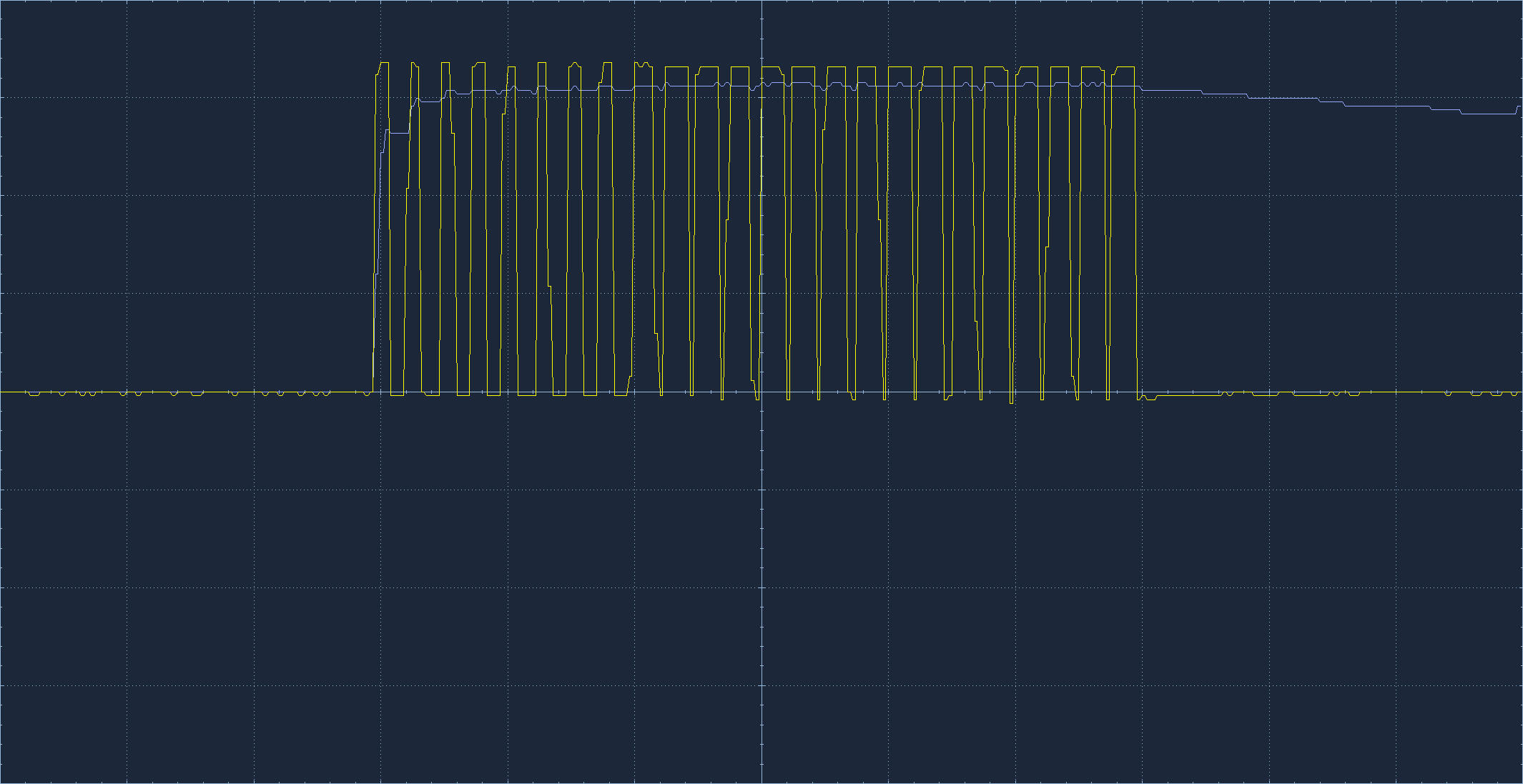I have an issue with my Circuit, it looks following:

The circuit consists of a current limiting resistor the Schottky Diode NSVR0170HT1G and an ESD Diode in parallel. A MCU is driving the PWM Signal with a Frequency of around 1 MHz. The Diode is supposed to be there to secure the MCU from being destroyed if somebody accidently applies a high voltage to the "OUT_LED_COM Pin 34". The signal I get at the output looks like this (yellow desired, blue actual, Scale: 5 us, 1 V):

I tried other Diodes like the B560C-13-F which already look a little better:

I also tried adding a 1n Capacitor in parallel to the NSVR0170HT1G which also helps make the signal look better but still its very slurred:

Probably I get this problem because the switching time of the NSVR0170HT1G is too slow right? What I don't understand is, why a parallel capacitor helps with making the signal better?
Also the capacitor can't fix the problem fully. Do you have any idea on how I can better the output signal with or without changing the Diode? I would really like to understand the background, why I get this issue.
I hope you can help me with that!


